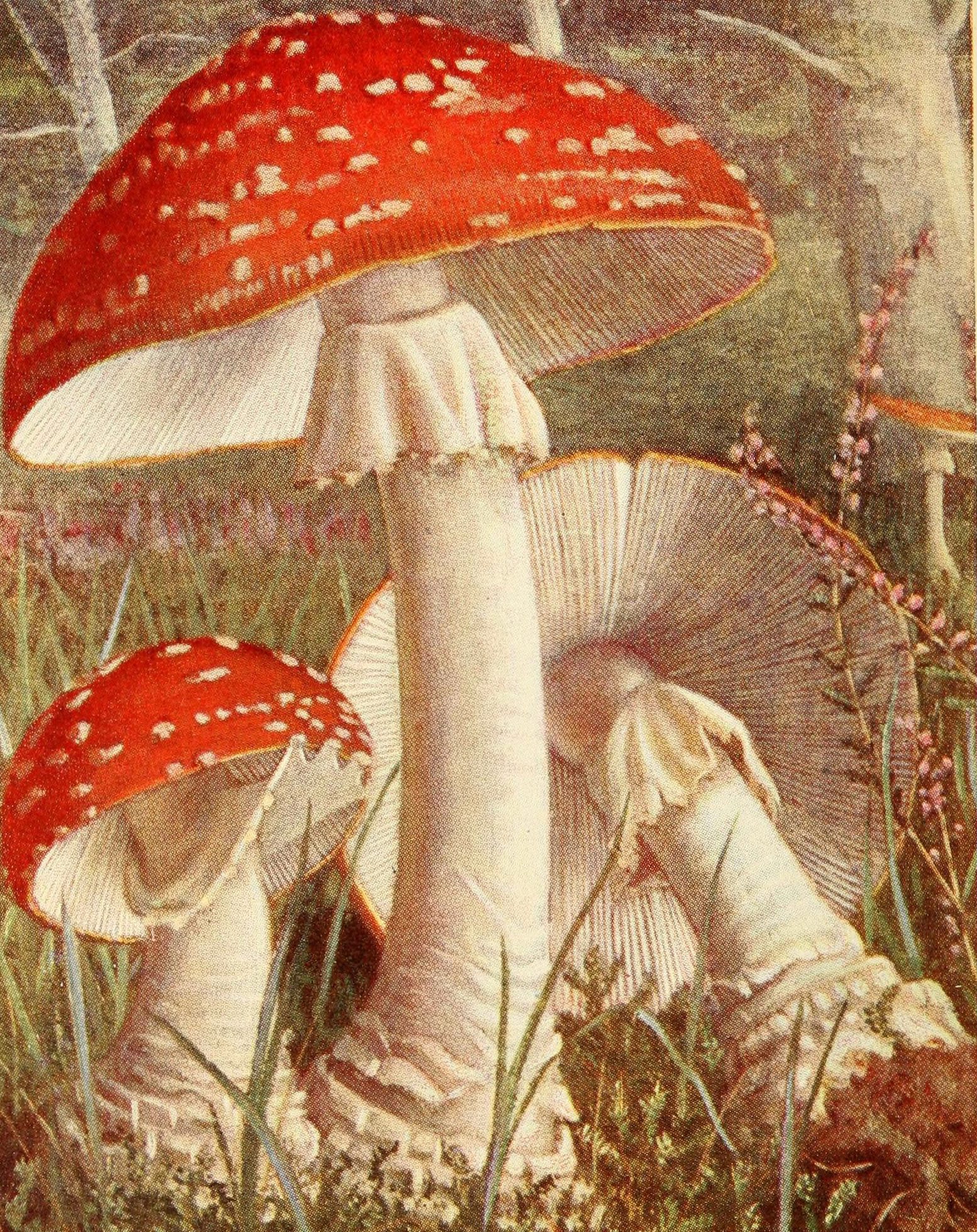Here Comes Santa, That Sexy Shaman
 The cover to ‘Klaus’, illustrated by Dan Mora. (Photo: Courtesy Boom Studios)
The cover to ‘Klaus’, illustrated by Dan Mora. (Photo: Courtesy Boom Studios)
If you’ve ever heard an origin story for Santa Claus, it likely went something like this: kindhearted, immortal, elfin old man enjoys cold weather and children, chooses to express this sentiment in an annual gift-giving extravaganza with the aid of some aerodynamic reindeer. This Santa comes from a number of sources, but its popularity can generally be traced back L. Frank Baum’s The Life and Adventures of Santa Claus or its Rankin-Bass claymation adaptation.
Yet that’s not the only possible—or even historically accurate—myth. In a new a six-issue “comic miniseries” set to debut this November, comic book writer Grant Morrison has partnered with artist Dan Mora and Boom! Studios to reboot Santa’s origin story with Klaus, Its source is rather surprising: in an interview, Morrison elaborates that his “big, fantasy, sexy, superhero Santa” is inspired by the Siberian shamanism. “I suddenly thought, ‘How come no one’s told the ‘Year One’ of Santa Claus?,” said Morrison.
So what aspects of Siberian shamanism specifically influenced the Santa Claus story? And how does that make a jolly old man into a sexy superhero?

The earliest known illustration of a Siberian shaman to have appeared in Europe, by Dutch explorer Nicolaes Witsen in the 17th century. (Photo: Public Domain/WikiCommons)
Shamanism has been practiced in Northeast Asia—including Siberia—for centuries, and remains a significant religious minority today. Shamans are generally defined as individuals with access to and influence over the spirit world, typically achieving an altered state of consciousness to interact with the spirit world on behalf of petitioners. Reindeer play a central role in Siberian shamanistic practices, reflecting their importance to nomadic herders, hunters, and farmers who keep them as domesticated animals. Reindeer sacrifices were integral to a number of rituals, including shaman initiation ceremonies, and reindeer antlers, skin, and hair were used to create the shaman’s costume and instruments. Imagery of flying reindeer is also central to Siberian shamanism; a significant ritual involves the soul journeying on a flying reindeer.
Piers Vitebsky’s book about the Eveny people of Siberia, The Reindeer People, describes an annual Midsummer’s Day ritual to mark the “death” of the past year and the “birth” of a new year. As the tribal elders prayed for an increase in reindeer and the strength and health of the villagers, each villager’s soul was believed to be flown on a reindeer to a land of plenty near the sun. This ritual—and the flying reindeer imagery—is echoed by the traditional costumes of the Eveny shamans, which sometimes included reindeer antlers tipped with feathers.
So, we’ve got our flying reindeer. But what about the man in the red-and-white suit?

An illustration of Amanita muscaria from 1911. (Photo: Biodiversity Heritage Library/flickr)
The mushroom Amanita muscaria (commonly known as the Fly Agaric) can frequently be found growing beneath pine, spruce, fir, and other conifers that you might chop down and put up in your house in December. It also is famous for its psychotropic properties; it is speculated to be the “soma” described in the ancient Indian Rigveda hymns written between 1500 and 1200 BC. R. Gordon Wasson, the man who first argued for the soma-fly agaric connection, also reported that Siberian shaman frequently used the mushroom both ritualistically and recreationally. Other researchers, such as John Rush from Sierra College in California and Carl Ruck at Boston University, have continued investigating the role of the fly agaric in Siberian shamanism and its connection to Santa Claus, adding that shamans traditionally traveled among communities giving gifts of fly agaric during the winter solstice and often dressed in red-and-white to evoke the sacred mushroom. Donald Pfister, a biologist at Harvard University, has even pointed out that reindeer are known to find fly agaric tasty and may be doing some “flying” of a different sort.
Basically, replace ‘shrooms with toys—aren’t they both just triggers for creative, imagined experiences—and you’ve got yourself a Santa Claus.

A photograph from 1914, believed to be by Fridtjof Nansen, of a shaman of the Ket People in Siberia. (Photo: Public Domain/WikiCommons)
This research isn’t without controversy: some historians argue that these shamanistic practices are overstated (if they’re accurate at all) and the odds that they influenced the Western idea of Santa Claus are slim at best. Ronald Hutton, a historian at the University of Bristol, told NPR that “shamans didn’t travel by sleigh, didn’t usually deal with reindeer spirits, very rarely took the mushrooms to get trances, didn’t have red and white clothes,” instead attributing the Santa Claus mythos entirely the Clement Clarke Moore’s 1822 poem, “The Night Before Christmas.”
Either way, it is likely this is aspect of Siberian shamanism will directly influence Klaus. A practicing chaos magician and advocate of the use of psychedelics (his Wikipedia page is listed under “Psychedelic drug advocates”), Morrison has explored psychedelics’ use in mysticism before, most notably in his comic series recounting a motley team that uses magic, time-travel, psychedelic trances, and straightforward violence to battle interdimensional alien villains, The Invisibles—a conceit that makes Klaus look pretty realistic. It is wholly unknown, though, whether Siberian shaman Santa could be described as sexy.



Follow us on Twitter to get the latest on the world's hidden wonders.
Like us on Facebook to get the latest on the world's hidden wonders.
Follow us on Twitter Like us on Facebook